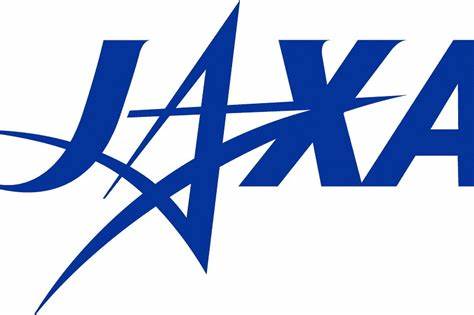Japan Aerospace Exploration Agency (JAXA) has just launched their water-powered CubeSat spacecraft, EQUilibriUm Lunar-Earth point 6U (EQUULEUS), to rendezvous with NASA’s Orion spacecraft. The Orion recently broke the record for the furthest distance traveled by a spacecraft that could carry a human crew. The EQUULEUS uses water as a propellant. Solar power will be used to produce steam which will propel the spacecraft. JAXA issued a statement that read, “This is the world's first successful orbit control beyond low-Earth orbit using water propellant propulsion system.”
JAXA confirmed that the EQUULEUS spacecraft carried out a maneuver that moved it toward its planned orbital path on the second Earth-Moon Lagrange point (EML2) which is located beyond the Moon,.
Lagrange points are locations in space where the gravity of large objects, such as planets, are balanced out by the centrifugal force on a spacecraft. This allows them to maintain a very stable orbit. The James Webb Space Telescope is located out in Lagrange Point 2 (LP2).
NASA’s CAPSTONE mission is testing a lunar orbit for the U.S. space agency’s lunar Gateway orbital station project. The EQUULEUS spacecraft has a similar mission to test the stability of EML2 for a potential construction location for a deep spaceport that will enable deep space exploration. The mission will execute a variety of investigations. These include testing of the radiation environment to help determine what precautions future astronauts would have to take out in a deep space location.
Professor Ryu Funase at the JAXA Institute of Space and Astronautical Science said, “I am proud of the EQUULEUS operation team, who were able to immediately complete the orbital control necessary for the lunar fly-by, just one day after the checkout operation shortly after launch.”
The primary mission of EQUULEUS is to demonstrate low-energy trajectory control technologies for reaching deep space locations such as EML2 using less fuel.
When the CubeSat spacecraft reaches EML2, it will also study phenomena caused by electromagnetic disturbances in the solar wind, analyze plasma in the Earth-Moon system and observe Near-Earth Objects including asteroids and comets. EQUULEUS is equipped with an ultra-high-speed camera, a dust sensor and an ultraviolet telescope.
JAXA recently explained in a press release that “As a result of the orbit maneuver control and orbit corrections before and after the lunar fly-by, the lunar fly-by was completed as planned on November 22, JST. The spacecraft departing from EML2 can transfer to various orbits, such as Earth orbits, Moon orbits, and interplanetary orbits, with a tiny amount of orbital control.”
The EQUULEUS spacecraft is expected to travel for about one and a half years before reaching the EML Lagrange point. The spacecraft is not the only JAXA CubeSat launched aboard NASA’s Artemis I mission. The Japanese space agency recently abandoned a lunar landing attempt with its MOTENASHI spacecraft. It should get another opportunity to perform its first-ever moon landing soon.
On December 11th, SpaceX launched the first Japanese lunar landing mission. Exploration of the lunar surface will be carried out by a lunar rover contributed by the United Arab Emirates. The mission will land near the Atlas Crater.
